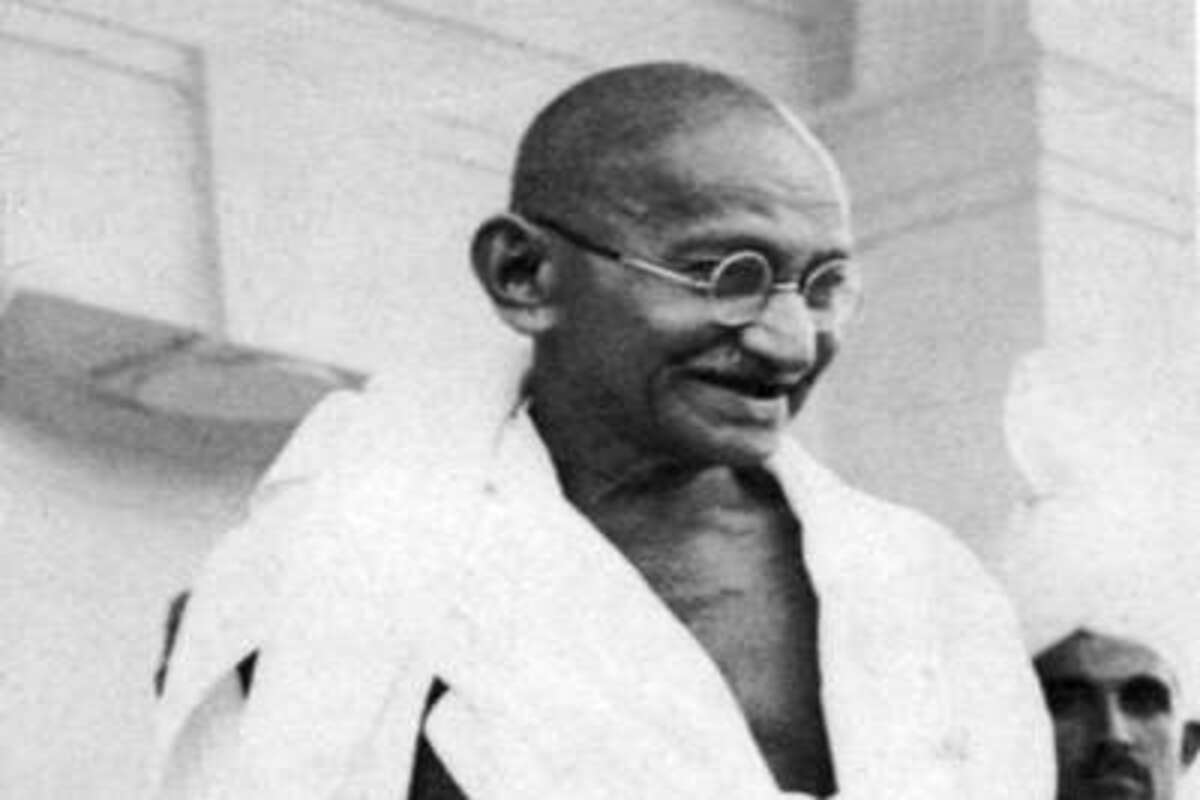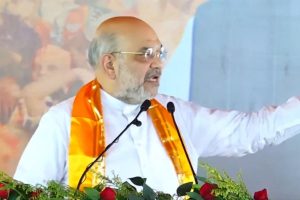‘The ultimate tragedy is not the oppression and the cruelty by the bad people but the silence over that by the good people.’
~ Martin Luther King Jr.
In the era of Renaissance, Desiderius Erasmus, the Dutch philosopher and one of the greatest scholars of the northern Renaissance, thought that it was natural for good men to lament the corrupt world. As a young man of 25, Mahatma Gandhi realised and wrote about the damning indictment of modern civilization as revealed in South Africa ~ despite its dazzling surface, its material attractions and madly feverish activity, modern civilization was a hindrance rather than a help to the needs of the human soul and the craving for ideal life. He was an ardent critic of modern civilization for its moral inadequacy, extravagant pretentions, treacherous deception and hypnotic and self-destructive tendences.
Man today is an emasculated ~ a favourite word of Gandhi- victim of a vast humbug that is kept alive by schools, legislatures, armies, churches, prisons and hospital. Machinery is the chief symbol of modern civilization; but it represents a great sin. People who live in modern-day nations are not less violent than their ancestors or people who currently live-in small-scale hunting, gathering and horticultural societies.
Being a great soul, Gandhi said: “I have written because I could not restrain myself.” His moral and political thought was provided by what he himself called ‘a severe condemnation of modern civilization’ in Hind Swaraj, which marks a crucial phase in crystallizing his thoughts. “It was the seed from which the tree of Gandhian thought has grown to it full tree,” according to Anthony Parel, a Canadian historian.
Gandhi started his non-violent campaign (Passive Resistance/Satyagraha) to end the repressive laws promulgated by the South African government against the Indian minority. But, in course of time, the struggle became harder once the government resorted to repressive measures and started deporting satyagrahis to India. However, deporting Gandhi to India was not really on the cards. Probably, the prestige surrounding Gandhi ruled it out. The vital problem was that the struggle was no longer joined by higher educated men and most of the big traders too kept themselves out. Moreover, an effort in England at this point of time was unavoidable: leaders of South Africa’s whites were visiting England to secure a merger of all four colonies ~ The Cape, Natal, the Transvaal and Orange Free state ~ into the union of South Africa. In such a situation London’s intervention in defense of Indian rights was urgently needed before the merger because the united domination would be stronger vis-a-vis London.
Feeling urgency Gandhi also decided to lead a deputation to London around the same time. The team sailed for London in a ship named Kenilworth Castle on 23 June 1909 and reached there on 10 July 1909. Gandhi wrote that his journey to England this time made him a changed man.
Gandhi stayed there for about four months. The Indian deputation failed to make any impression on the British bureaucrats. It was during his stay that he talked with a wide range of Indians in London, seeking a unified non-violent response to British imperialism. But he found no more support for Satyagraha from Indians than he found from the British.
His arrival in London was preceded by the murder of Sir Curzon Wyllie, the former Viceroy of India, in London by the Indian terrorist Madanlal Dhingra on 1 July 1909. Gandhi also came in contact with well-known Indian terrorists in London.
He was impressed by their bravery. He tried to persuade to them to drop violence and follow the path of non-violence, but in vain. Gandhi looked to Tolstoy for inspiration. He wrote to Tolstoy for the first time during his stay in London. In response, Tolstoy showed the loveliest sympathy for his Indian disciple, Mahatma Gandhi.
On 13 November 1909, Gandhi left London disappointed but with determination to fight to the bitter end the battle of Satyagraha. During his return voyage to South Africa on board S.S. Kildonan Castle, Gandhi wrote his famous book entitled Hind Swaraj or Indian Home Rule ~ having about 30,000 words in Gujarati ~ on the steamer’s stationery, within 10 days (from 13 November to 22 November), in all 270 pages. He wrote at fever-pitch, the pen racing across the page so quickly that the right hand grew tired, and about fifty pages were written with the left hand.
It was published serially in the columns of Indian Opinion, edited by Gandhi himself. Then it was published in book form, to be proscribed by the Bombay Government. Gandhi had translated it in English. When Gopal Krishna Gokhale, the political guru of Gandhi, saw the translation on his visit to South Africa in 1912, he prophesised that Gandhi himself would destroy the book after spending a year in India because, according to him, the book seemed to be so crude and hastily conceived. But even thirty years after he wrote it, Gandhi held that he had seen nothing to make him alter the views expounded in it, though he might change the language here and there.
About his book Gandhi wrote: “It teaches the gospel of love in place of hate. It replaces violence with self-sacrifice… The booklet is the severe condemnation of modern civilization.” He also sent a copy of Hind Swaraj to Tolstoy, who recorded in his diary on 20 April 1910: “Read Gandhi about civilization, wonderful.”
(To Be Concluded)











